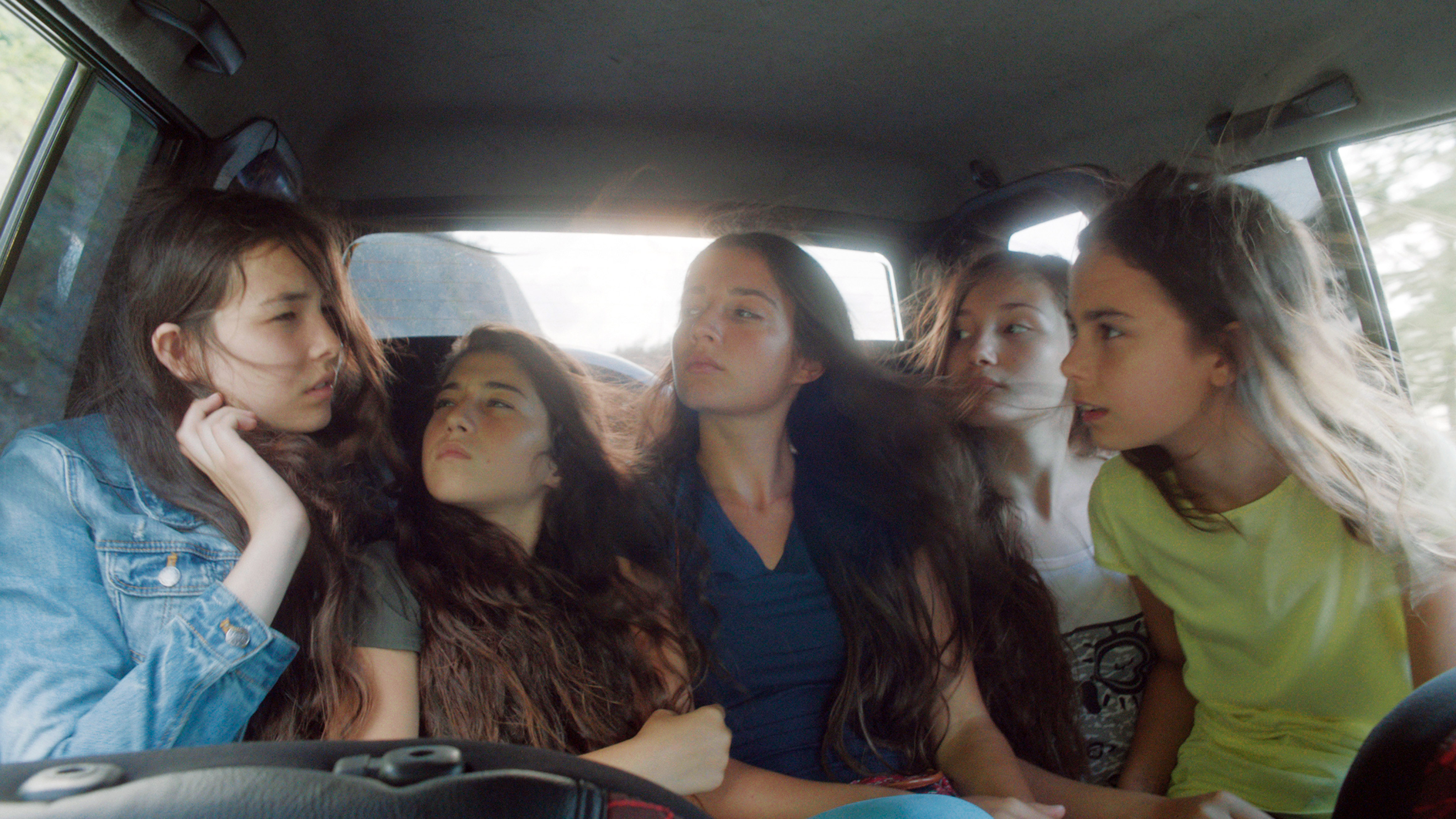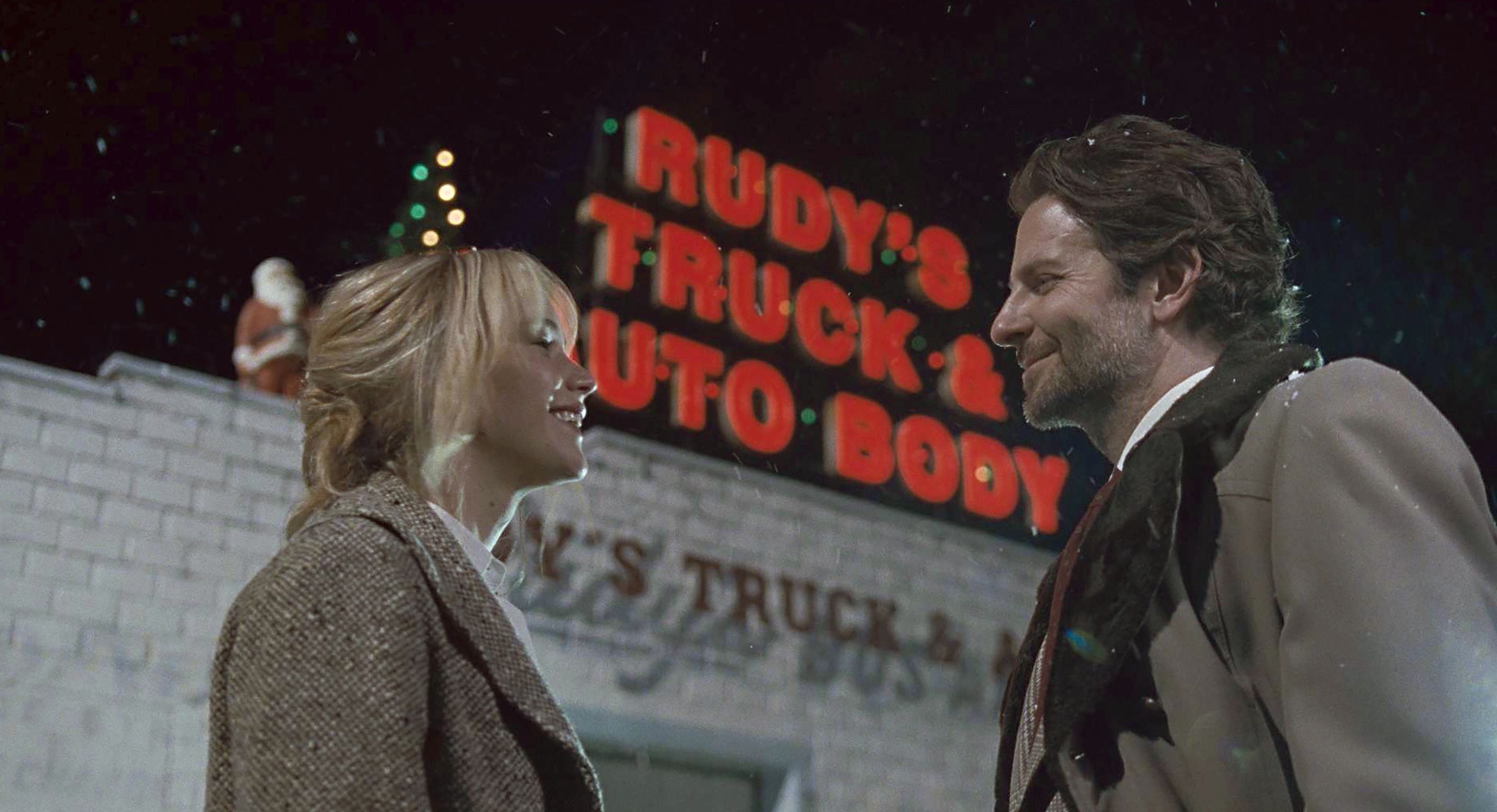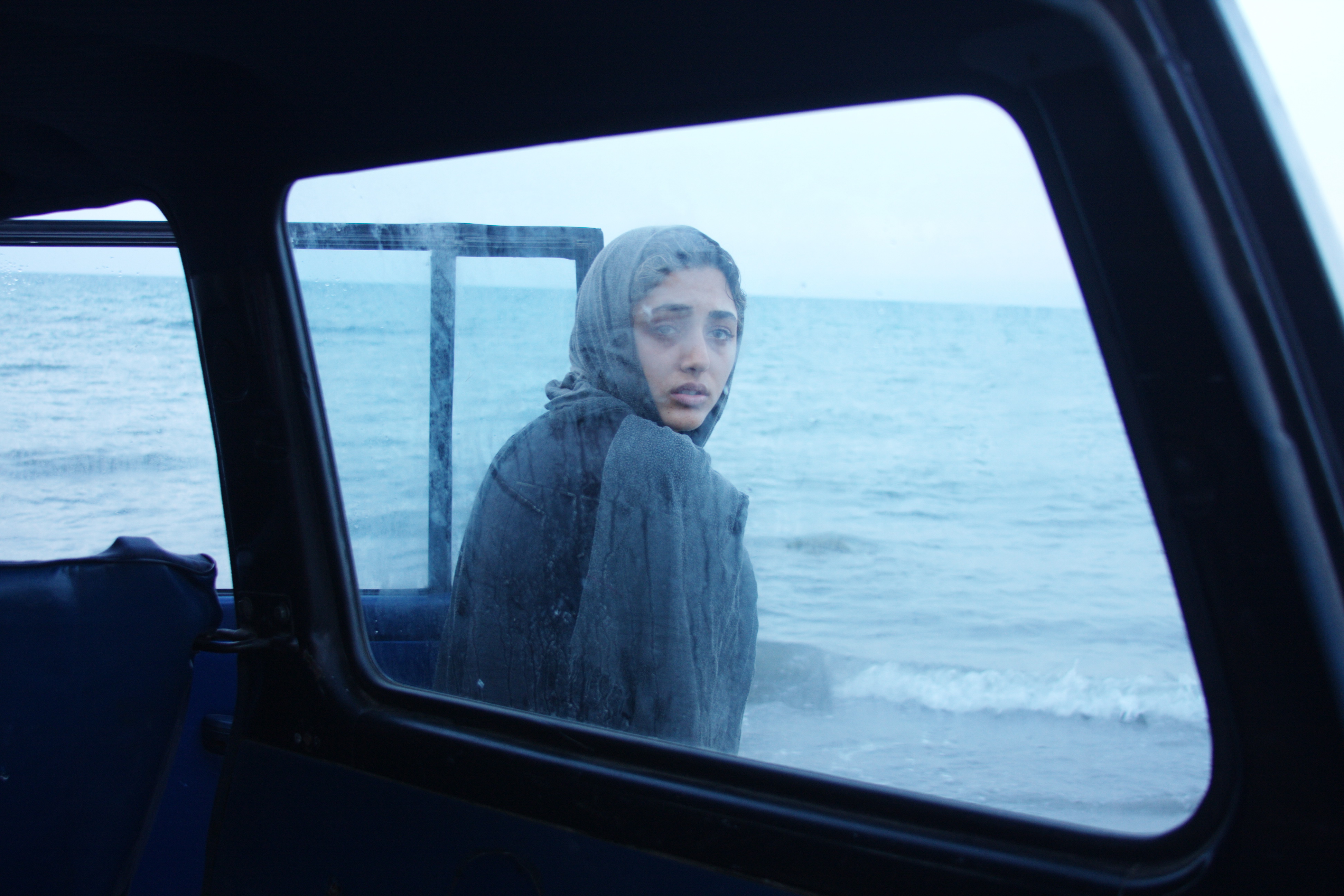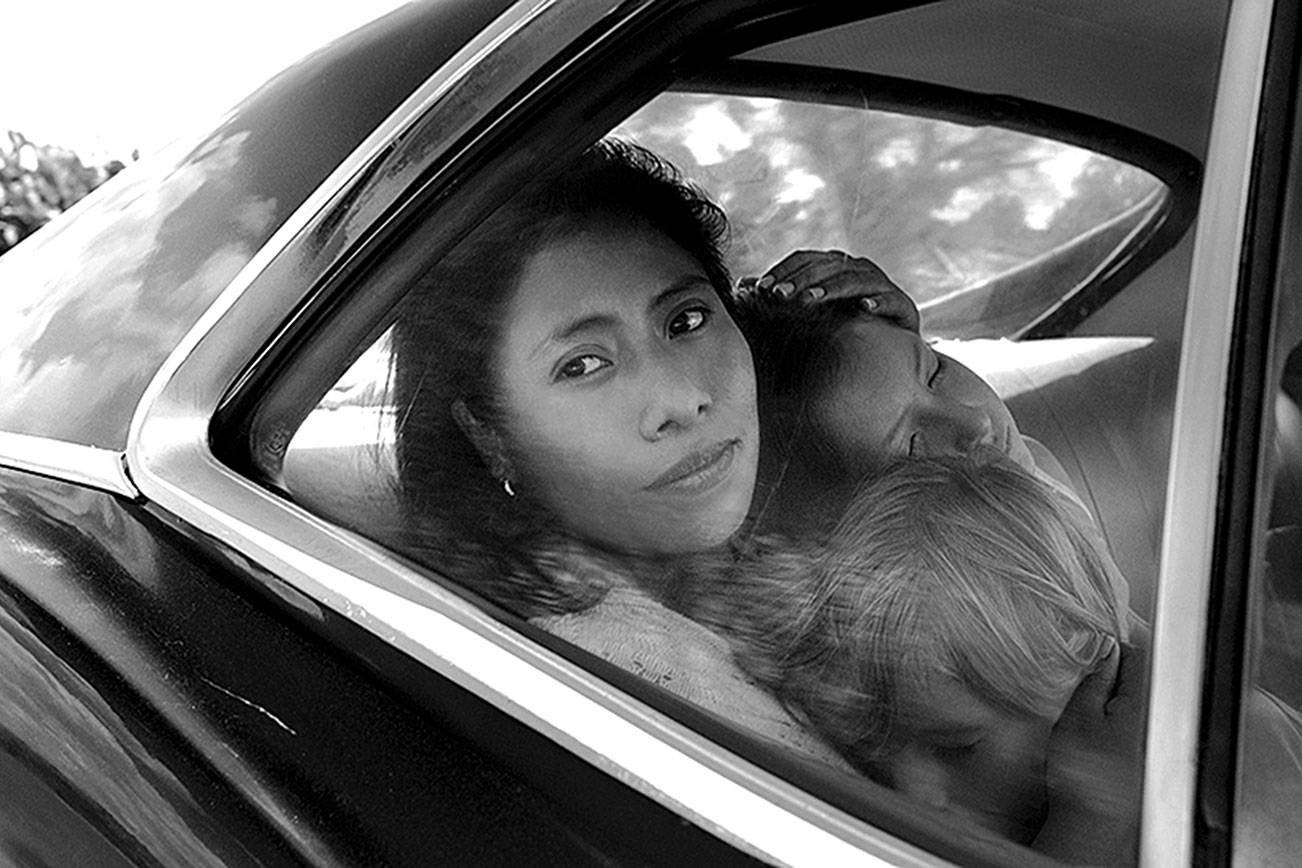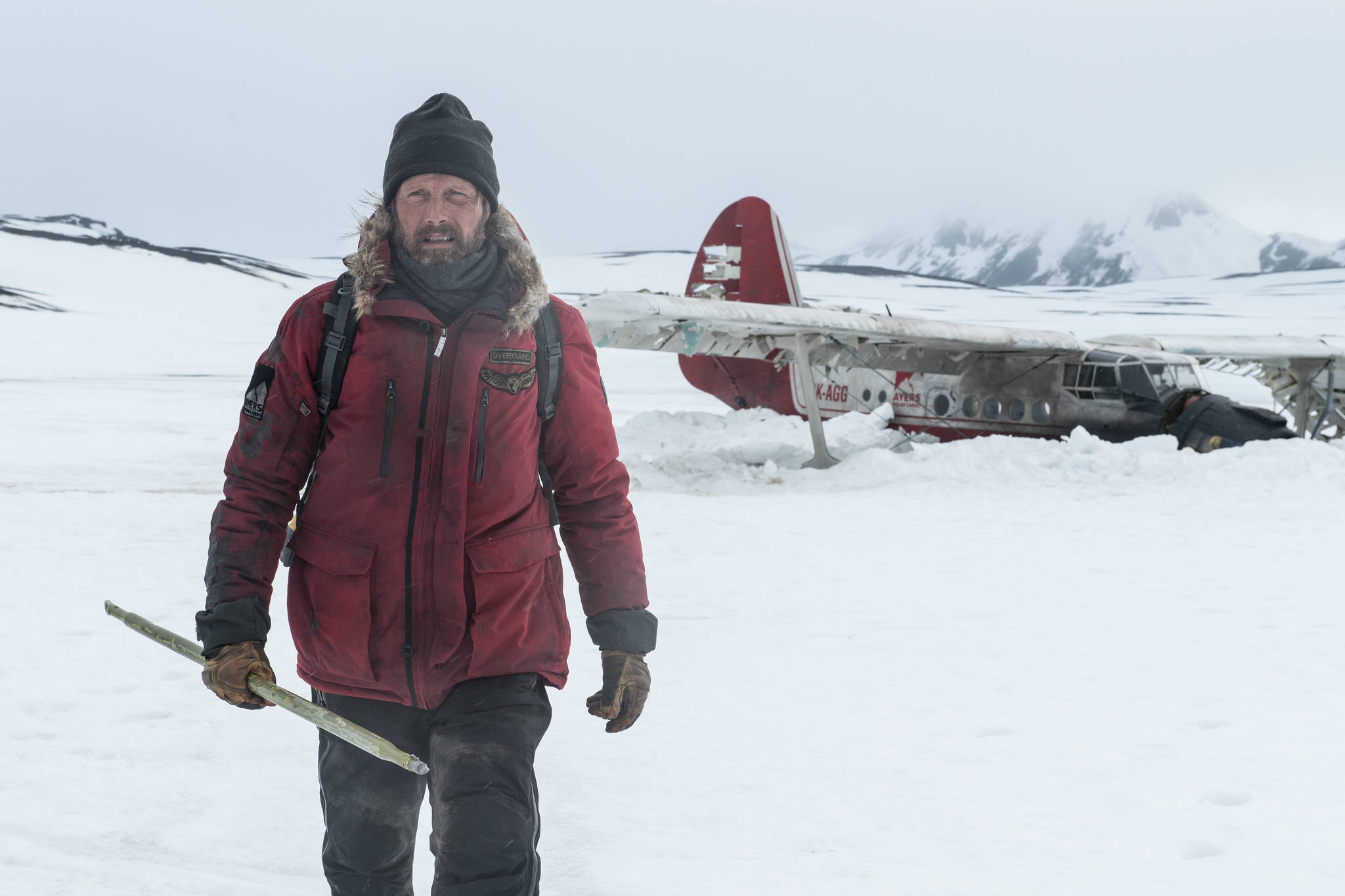APOCALYPSE NOW REDUX
directed by Francis Ford Coppola with Martin Sheen, Robert Duvall, and Marlon Brando opens Aug. 24 at Cinerama
DRAFT DODGERS have now occupied the White House continuously since ’89, a decade after the hasty release of Francis Ford Coppola’s then-153-minute cut of Apocalypse Now, which came four years after the end of Vietnam War. Since ’79, Oliver Stone has made three movies, and earned three Oscars, for his view of the war, so now Coppola evidently feels compelled to raise his sagging reputation with a 49-minute-longer cut—hence the “Redux“—of the same would-be epic. (To briefly recap the plot: Army-sanctioned assassin Martin Sheen is sent upriver to kill renegade colonel Marlon Brando, encountering Robert Duvall and other combat-crazed loonies along the way.)
Yet if there’s anything that savant George W. Bush has taught us, times have changed. The first Apocalypse tied for top honors at Cannes, where Yankee bashing never goes out of vogue, and where this spring Redux prompted some critics to call it a masterpiece.
Is it? No. Great, sprawling, ragged, incoherent, full of brilliant scenes and stunning images, Redux is improved at its new length but could equally well have been improved at a substantially shorter running time. Three hours and 16 minutes is a long time to sit for contemporary audiences with asses still tired from Pearl Harbor (three hours), especially for those Michael Bay-raised viewers who weren’t even born in ’79.
With two acknowledged masterpieces in the bag (The Godfather parts one and two), Coppola could afford to cut a little. The problem with the original Apocalypse, as he admitted at the time, was that its protracted, costly, trouble-plagued Philippine production became an unintended metaphor for the war itself. (The excellent ’91 documentary Hearts of Darkness and useful new Apocalypse Now Book make good companion pieces to Redux.) If, like ‘Nam, Apocalypse was out of control, Redux presents Coppola with the opportunity to wrestle some coherence out of the heart of darkness, to use the intervening two decades to clarify his perspective on the war.
INSTEAD, HE THROWS more money at the problem, then waits expectantly for the cheers of victory. It’s the same arrogance that got us into Vietnam in the first place: the unwillingness (or inability) to think things through in advance. Coppola had no completed script the first time. Now he has no completed vision. Vittorio Storaro’s Oscar-winning cinematography is still breathtaking—those napalm oranges and jungle greens!–while the Oscar-winning sound design has been revamped to even higher standards. We get to know the boat crew a little better, but the vaunted, beautiful French plantation sequence only yields clich鳮 (“Why don’t you Americans learn from us French?”)
Projected on the Cinerama’s big, big screen, the gorgeously restored and expanded Redux is a must-see for any serious movie lover. Perhaps our distance from the passions of the original conflict now permits us to view Vietnam movies more as entertainments than indictments, and that’s a shame. The famous Wagnerian helicopter attack on the idyllic beachfront village is not only harrowing but thrilling cinema as well. That‘s the horror, the paradox that Coppola’s expert direction knowingly emphasizes. A muddle then, a muddle now, his film remains the best picture made to date about an obdurately obscure and tragic war.
